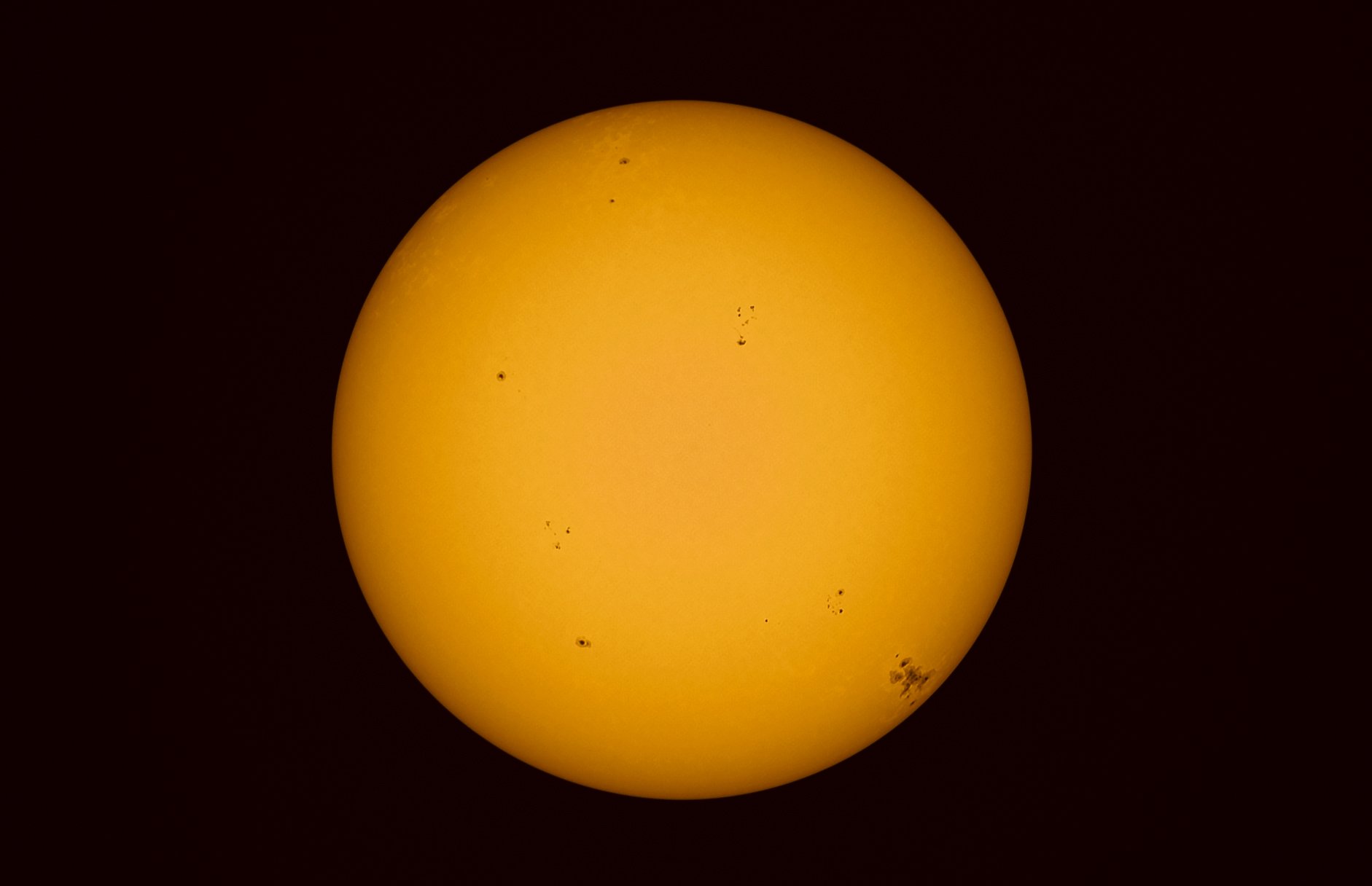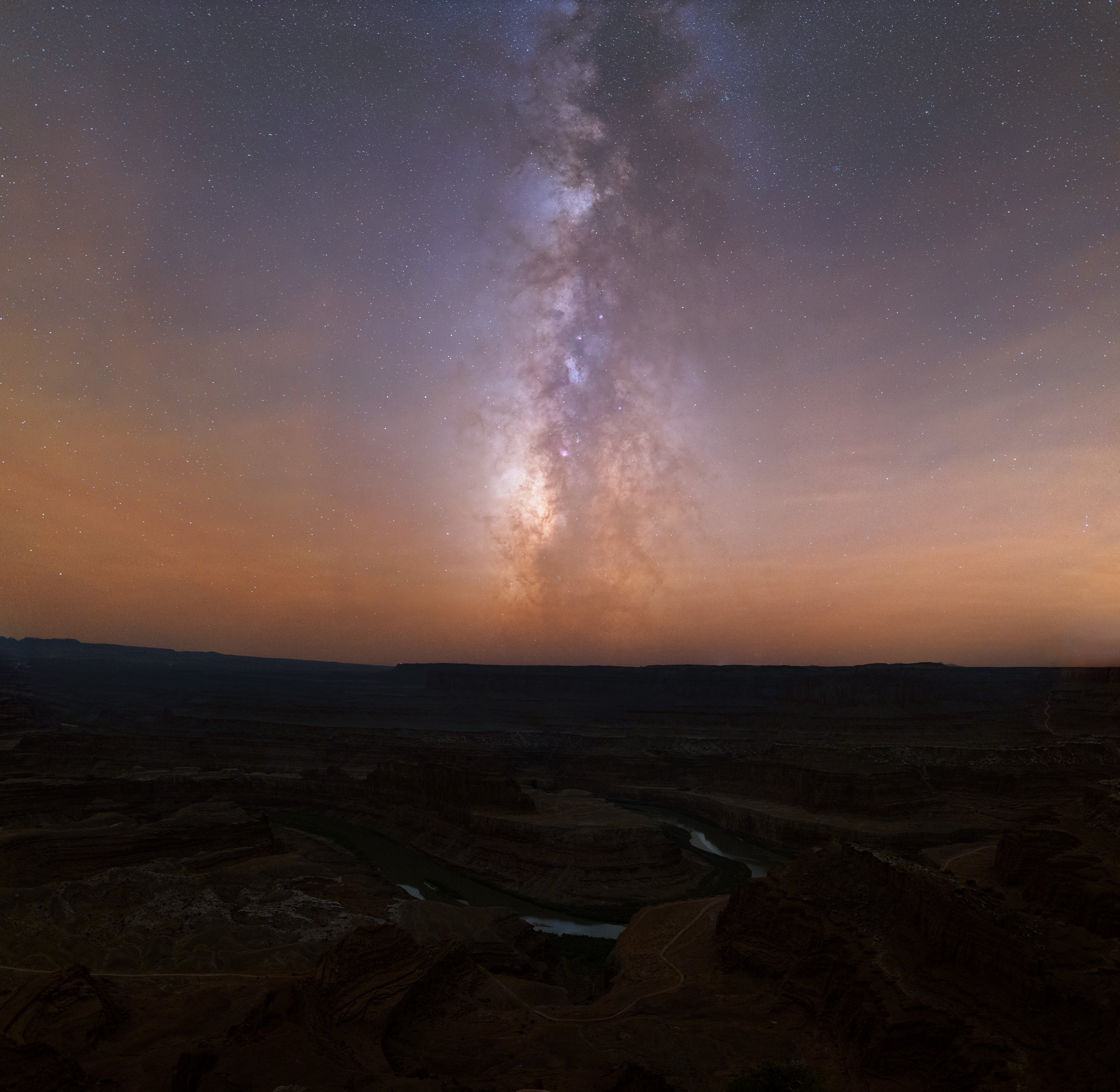Hello from the Florida keys
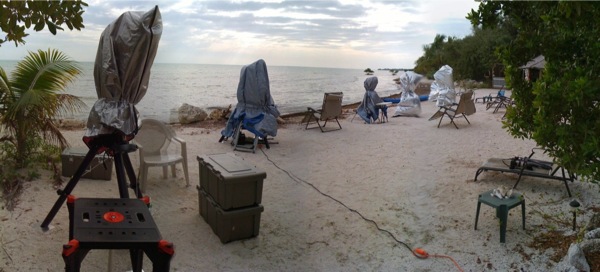

The winter star party is an annual event held around new moon in February each year. Approximately 600 amateur astronomers leave the cold confines of the north and pack their astro gear for a one week escape to the warm Florida sunshine.
I have joined a small group of astronomers in staying just down the road from the wsp at bararnacles bed and breakfast. After 3 nights I can say that I am very happy with the astro-friendly atmosphere
I have been working very hard at the party speaking with vendors and beginning video segments of an upcoming video presentation I am producing.
Please check back tomorrow with more information from wsp 2010.
Delicate surgery required...
General use photography has a different wave-length preference than astrophotography. The all-important hydrogen alpha line for most emission nebula is right around the 656nm part of the spectrum. (For some examples of emission nebula like the Horsehead Nebula and Orion Nebula, please see my portfolio on this website.) This line has been blocked by special filters in nearly every DSLR camera made today. I have read that this part of the spectrum was not preferred when it comes to portrait work and attaining accurate skin tones. That may or may not be true, but most manufacturers place filters in front of the sensor that block some or all of the hydrogen alpha wavelength.
Astrophotography can certainly be performed with any DSLR camera. Jerry Lodriguss has a wonderful article on the wavelengths important to astrophotography and the differences between a modified and un-modified camera and how to optimize imaging with each. For the most efficient use of a DSLR in astrophotography, one must modify the camera. This requires surgery by a skilled surgeon!
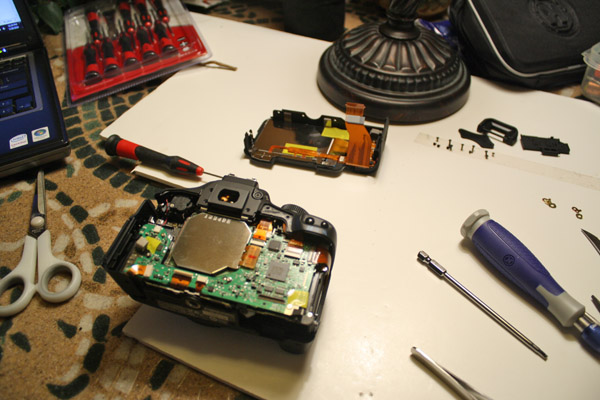
I am very fortunate to know just such a person. Brent Maynard, a friend and member or our local astronomy club the Ohio Valley Astronomical Society, is my local "DSLR Surgeon." Above you can see part of the process where he begins to modify a Canon T1i or 500D.
The most important part of the modification is removing one of the two filters that are placed in front of the imaging sensor. The filter to be removed only permits about 23% of the available hydrogen alpha light through to the imaging sensor. Remember that the emission nebulae we seek to image are emitting light at that part of the spectrum of light at 656nm. So it is vitally important to remove that filter to allow maximum gathering of those photons for the best images possible.
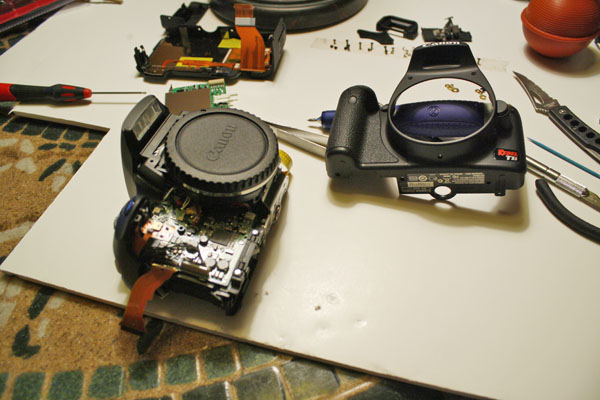
Brent is very skilled in electronics and has studied numerous hours on how to go about performing this delicate operation. It is certainly not an activity to simply jump into without a significant amount of study. I believe this camera will be Brent's fifth or sixth modification. He recently modified a 450D for me and it has been my primary imaging camera to date.
The entire goal of this procedure is to improve the amount of signal (the photons being emitted by the nebulae at the 656nm part of the spectrum) while reducing the amount of noise (light pollution, camera noise) and thus improve as much as possible the ratio of signal to noise.
One of the most appealing aspects of the 500D or T1i is the very high ISO capabilities while delivering low electronic noise. I hope to utilize the camera's high ISO of at least 3200 while employing a Hutech Light Pollution filter. My hope is that this combination will give me excellent signal (656nm spectrum allowed to pass to the sensor while light and air pollution are being filtered by the Light Pollution Filter) while reducing exposure times and eliminating the need to autoguide the astrophotography mount-that's an entirely different discussion.
So for now, I have two modified astroimaging DSLR cameras to take to the Winter Star Party next week. All thanks to my wonderful DSLR surgeon, Brent Maynard. Thanks Brent and hoping for some wonderful imaging condition in southern Florida next week.
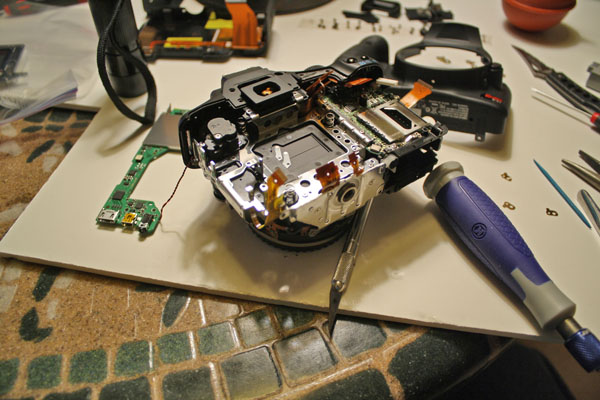
The Known Universe
I do enjoy these wonderful educational presentations. Putting things into perspective is one of the key things this video is all about. Kinda like holding a baby. Please check out this video from American Museum of Natural History.
Less is more...
In digital astrophotography, the key is to capture more signal to overcome the noise. You know noise when you see it and I am not going into a deep technical explanation of how it originates and what it is, but I know it when I see it.
I started astrophotography with the 350D and saw noise, especially color noise, that I knew had to be dealt with by traditional noise reduction methods. Those methods involve subtracting dark frames from the light frames.
Later I began using the Canon 450D and noticed a huge difference in noise. There was hardly any to speak of, even after moderate stretching of the data. This led me to experiment with a new way of optimizing the data without utilizing dark frame subtraction. That new technique is detailed in the archived webinar under the "digital photography education" tab.
Now comes the 500D and thankfully dedicated astronomers like Gary Honis put together bench testing of cameras so we know how they will perform. The 500D has even lower noise than the 450D and offers those ultra-high levels of ISO up to 6400. Now this will be exciting and is why I am ordering one soon.
Here is a link to Gary's test. This is a new day in DSLR photography, one that I hope will see the end to autoguiding as well as dark frame subtraction. Enjoy the new day!
Astro-gear!
Like astronomy gear? Scopes and mounts? Check out these equipment reviews on Sky and Telescope from the Astroimage Conference.
Jeff's Blog
Join me on photography journeys from desert landscapes to deep sky wonders.




